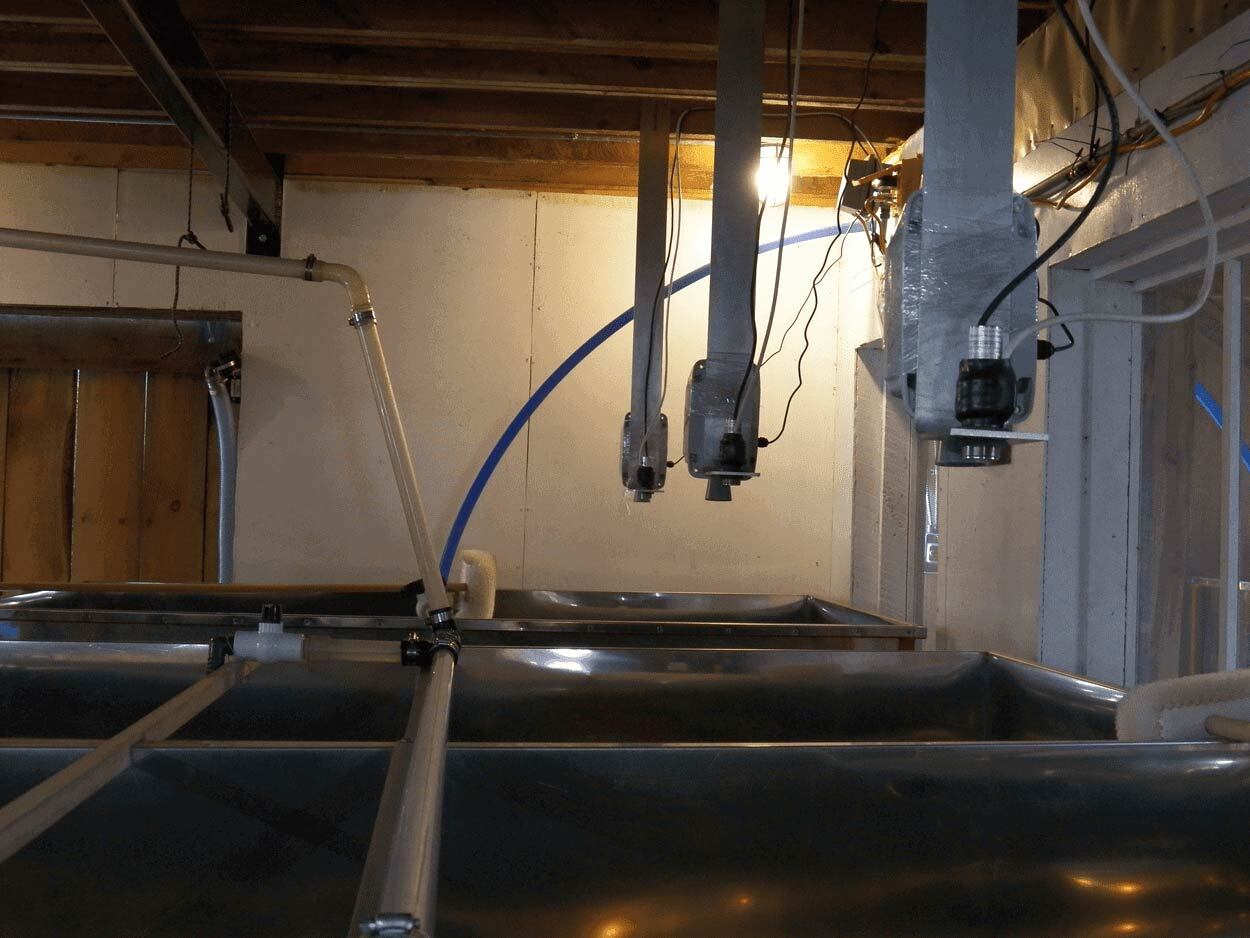Senix Sensors Provide Local Flavor in Vermont Syrup Production
When Timothy Perkins, Ph.D., became Director of the University of Vermont Proctor Maple Research Center, he understood intuitively why the sugar house operator spent a lot of time running from spot to spot to monitor tank levels.
“In maple syrup production, things can go wrong quickly,” Perkins explained. “If the evaporator tank runs dry, the reverse osmosis machine shuts down. This can be a big problem for an industrial process that only operates for two months each year."
Harsh Environments Call for ToughSonics®
Seeking efficiency, Perkins quickly came up with an idea. Having previously used ultrasonic sensors in other areas of his research, he thought liquid level sensors could be a good solution for maple sugaring.
“Ultrasonic sensors were the obvious solution for many reasons,” Perkins said. “Sugar house requirements dictate that nothing come in contact with the material in the tanks. We needed something robust because the sensors would have to work in an environment that can be either hot or cold with near 100% humidity.” 
Perkins did some research and found that Senix Corporation, a leader in ultrasonic liquid level sensors, was a short distance from the Proctor Maple Research Center in Northwestern Vermont. (Pictured, right)
“We contacted Senix, then worked closely with their staff engineers to develop a solution that fits our needs,” Perkins shared.
The Proctor Maple Research Center, which operates in part as a test bed for new technologies and processes to improve maple sugaring operations, is using five early generation Senix ToughSonic level sensors. Each of the facility’s three sap tanks has a sensor to monitor levels. There are also sensors on the maple syrup concentrator tank and the tank for permeate, the water produced by the reverse osmosis process.
Each sensor sends a 4-20 mA signal to a panel of fixed vertical bar graphs that can be easily seen by the operator.
“Our sugaring operations manager learned to trust the Senix ultrasonic sensors,” Perkins explained. “He doesn’t feel the need to physically check the tanks. He can just look over at the display on the wall and read the tank levels reported by the sensors.” 
The sensors help the operator determine if the reverse osmosis machine is keeping up with the amount of sap coming into the evaporator tanks.
“It’s very important that the two systems—reverse osmosis and sap evaporation—stay in balance,” he emphasized.
Perkins estimates that installation of the Senix sensors has enabled the operator to reduce the time required to check on the tanks by 25% or more while still keeping the evaporation and reverse osmosis synchronized. The job is less physically demanding and safer since the operator no longer has to travel up and down stairs and around the building to check tank levels by sight.
Future Plans for Syrup & Senix
“Our Senix sensors have worked flawlessly since they were installed more than 10 years ago,” Perkins said. “We just turn them on when sugaring season begins and they work without interruption until the season ends one or two months later.”
The University of Vermont has been conducting basic and applied maple research since the 1890s. It’s safe to assume that UVM and the Proctor Maple Research Center will be involved in maple syrup research, best practices, demonstrations, and education for years to come.
It’s also safe to assume they will continue to rely on the durability and reliability of Senix ultrasonic sensors.
For more information on how Senix can help with your application, contact us at info@senix.com or click here.

